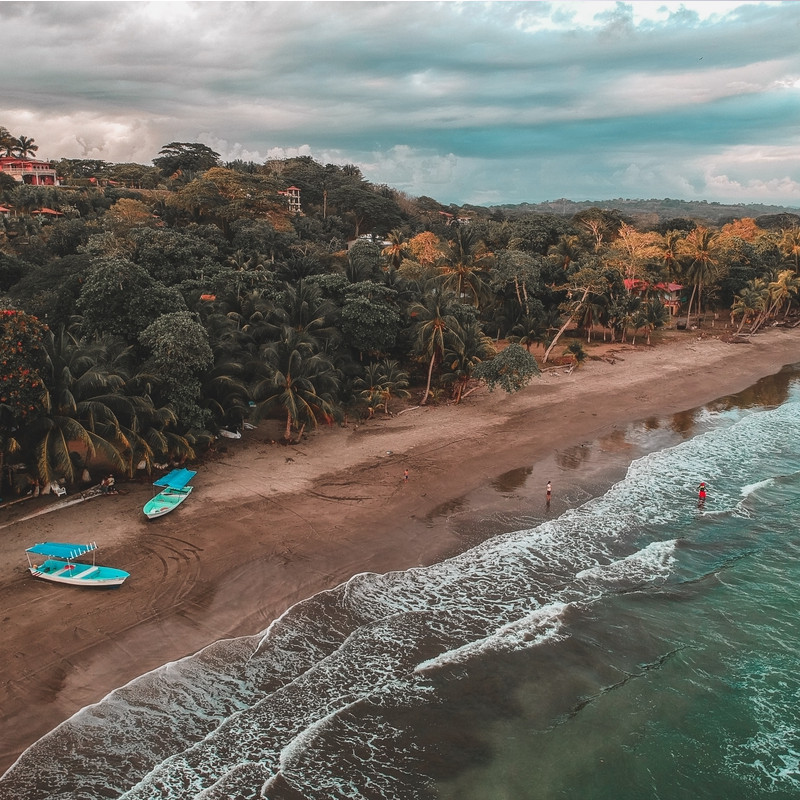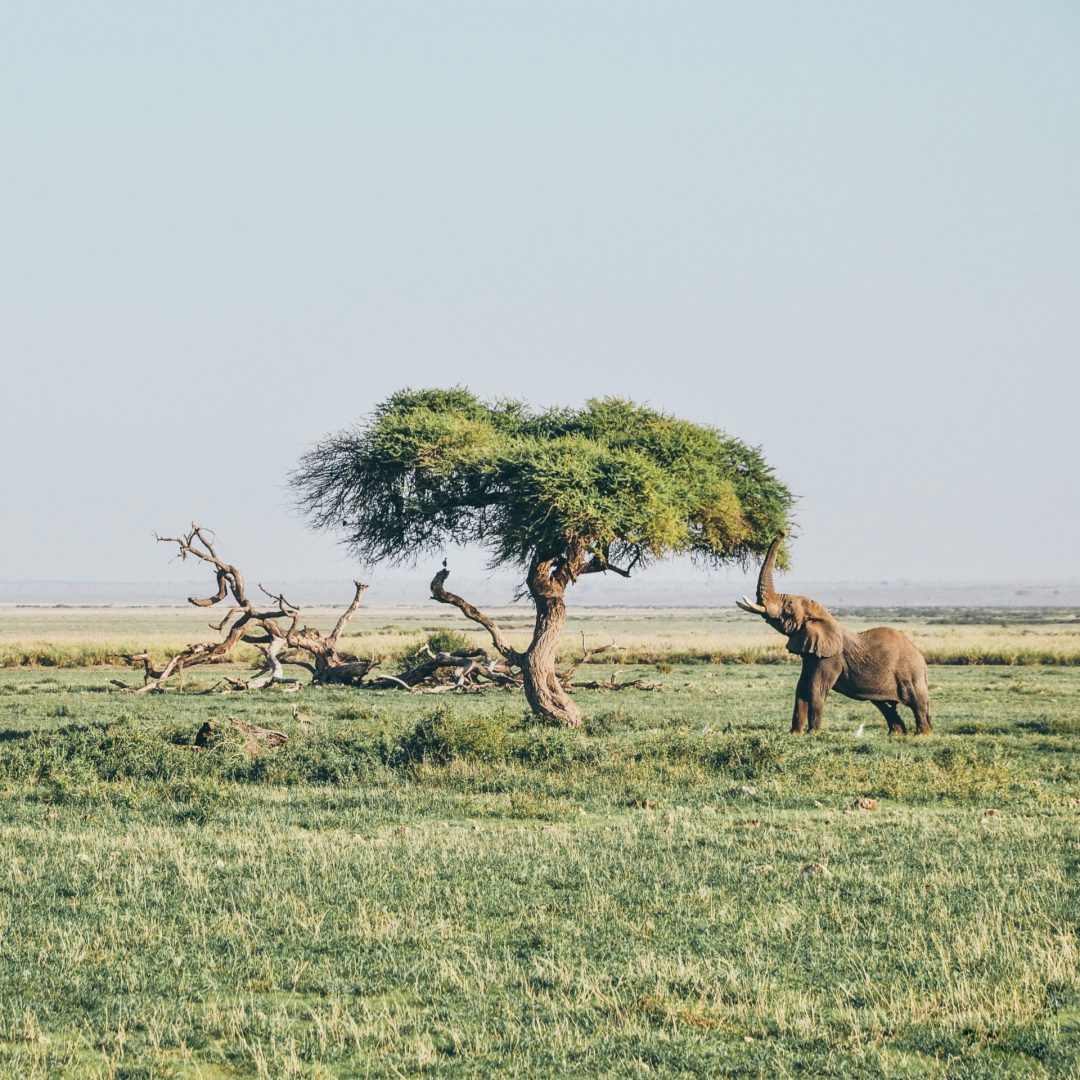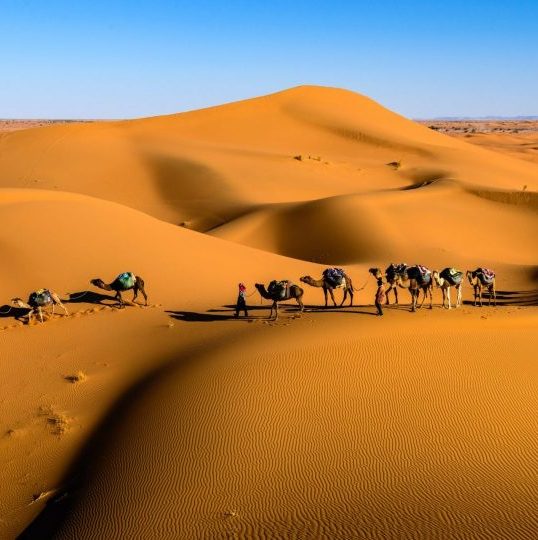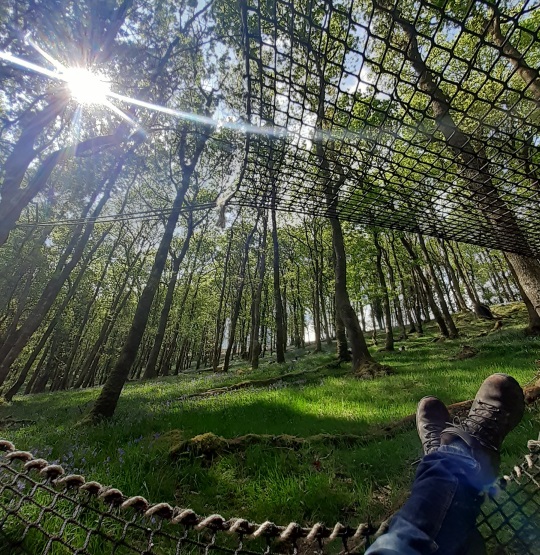Sustainable tourism and ecotourism are two of the fastest growing trends in the travel industry, but often we find the two terms lumped in together to mean exactly the same thing. So what exactly is the difference between ecotourism and sustainable tourism?
In this article, we’ll outline the key differences between the two concepts, and provide examples of how they are being used on the front line of the travel industry’s fight against climate change.
What is Ecotourism?
The key thing to remember about ecotourism is that as a concept, it relates to a specific type of tourism that takes visitors to see areas of natural beauty, whilst having an emphasis on the preservation of the wildlife and nature in the area being visited.
Examples might include safaris, bird-watching, hiking in national parks or protected ecological areas, or any type of holiday that gets tourists closer to nature in a way that leaves no mark on the environment, and has no negative impact on the wildlife that lives within it.
In general, these holidays and tours are run by small-scale operators that work to minimise their physical impact on the environment, whether that’s by minimising plastic usage, or implementing tour policies that encourage visitors to stick to marked footpaths and leave no trace of their visit.

There is also a large educational aspect to ecotourism. For many of us, the plight of, say, the cloud forest in Costa Rica is an issue that is so far removed from our normal lives that it’s easy to ignore.
By immersing tourists in these environments, and by getting them up close to the tropical birds, sloths, and other animals that rely on this beautiful but delicately balanced ecosystem, operators can press home the importance of ecotourism and show visitors how they can travel more sustainably in the future.
Alongside all this, money made through ecotourism often goes back into projects that are aimed at protecting and rewilding areas of natural beauty. Whether that’s a tree planting scheme, the protection of endangered species or green energy programmes, the idea is that ecotourism aims to pump money back into protecting the environment that it is promoting.
Ecotourism Definition
The International Ecotourism Society describes defines as ecotourism as
“responsible travel to natural areas that conserves the environment, sustains the well-being of the local people, and involves interpretation and education”
Examples of Ecotourism
From wildlife holidays in Costa Rica to elephant sanctuaries in Cambodia, there are so many examples of countries that strive towards the ecotourism ideal. Here are a few examples of places where ecotourism makes up most of the tourism in a location, some of which we promote experiences in, some of which we hope to promote experiences in at some point in the near future…
Costa Rica: Costa Rica is widely recognized as a leader in ecotourism. The country is home to numerous national parks and protected areas, and offers visitors opportunities to explore rainforests, beaches, and wildlife. Eco-lodges and sustainable tourism practices are common in Costa Rica.

Galapagos Islands, Ecuador: The Galapagos Islands are a popular ecotourism destination due to their unique wildlife and plant species. The islands are home to numerous endangered species, including the Galapagos tortoise, and are heavily protected by the Ecuadorian government.
Bhutan: Bhutan is a small Himalayan country that is known for its commitment to sustainable development and cultural preservation. Ecotourism is an important part of Bhutan’s economy, and visitors can explore the country’s many natural and cultural attractions.
Cape Town, South Africa: Cape Town is a city that is committed to sustainable tourism practices. Visitors can take part in eco-friendly tours and activities, such as hiking, whale watching, and conservation programs.
Cambodia: A country that boasts stunning rainforest areas, pristine coastline and magical wildlife, it is now championing ecotourism as the best way to travel within its borders. From working with elephant sanctuaries to discovering marine life in the Gulf of Thailand, ecotourism in Cambodia is alive and well.
Popular Responsible Experiences
What is Sustainable Tourism?
Where ecotourism focuses on travel that specifically takes you to wild, natural places, sustainable tourism is a more overarching concept that doesn’t only aim to promote travelling in a certain way, but aims to change the entire perception of an industry and its customers.
The concept of sustainable travel is to make all aspects of travel more sustainable, balancing people, planet and profit to ensure every party benefits from travel. From establishing more sustainable supply chains to ensuring the money made from tourism stays within the local community, sustainable tourism goes beyond simply the protection of wildlife and ecosystems.
The benefits of sustainable tourism are cyclical in nature. Tourism, as an industry, benefits from the fact that the world has so many unspoilt landscapes and varied cultures and communities, as these draw curious travellers who spend money as tourists.

By ensuring that the local community benefits from tourism through restricting tourism leakage, retaining the cultural identity of a location and protecting the environment, the industry can improve the standard of living for the locals.
In maintaining the quality of a destination, more tourists are drawn to a region and will continue to spend money there, boosting the local economy further still. The absolute key is in ensuring any influx in tourism is managed carefully, to maintain a balance between people, planet and profit.
Sustainable Tourism Definition
The World Tourism Organization defines sustainable tourism as
“Tourism that takes full account of its current and future economic, social and environmental impacts, addressing the needs of visitors, the industry, the environment and host communities”
Sustainable Tourism Examples
With all this in mind, it is important to look at how sustainable tourism an be broken down into different subsections, including ecotourism. Here are some examples of sustainable tourism, all of which fall under the overall umbrella term.
Ecotourism: As we have already discussed, this type of tourism involves visiting natural areas while minimizing the environmental impact and supporting conservation efforts. Examples include bird watching, hiking, and wildlife safaris.
Cultural tourism: This type of tourism focuses on learning about the history and culture of a place while promoting local traditions and customs. Examples include visiting museums, historical sites, and attending cultural events.
Community-based tourism: This type of tourism involves staying in local communities and supporting local businesses and initiatives. It helps to empower local communities, preserve their culture, and generate income.

Sustainable accommodation: Staying in eco-friendly hotels, lodges, or guesthouses that minimize their environmental impact through practices like energy and water conservation, waste reduction, and use of renewable resources.
Responsible wildlife tourism: This involves visiting wildlife sanctuaries or reserves that are committed to animal welfare and conservation efforts, and avoiding activities that exploit or harm animals.
Sustainable transportation: Using low-impact transportation methods such as walking, cycling, or public transport, rather than driving or flying.
Volunteer tourism: This involves volunteering in sustainable development projects or conservation efforts that help to improve the local community and environment. However, this type of tourism doesn’t come without its controversies. In many cases, ‘voluntourism’ can actually be simply providing cheap labour that takes employment away from the local population. With these types of holidays, make the time to do some proper research to ensure you are genuinely helping a community.
Here at Not In The Guidebooks, we strive to ensure that all our offerings fall under the bracket of sustainable travel. To learn more about how we are aiming to make the world a better place through sustainable travel, read our sustainability commitments.






















 Siem Reap
Siem Reap 








